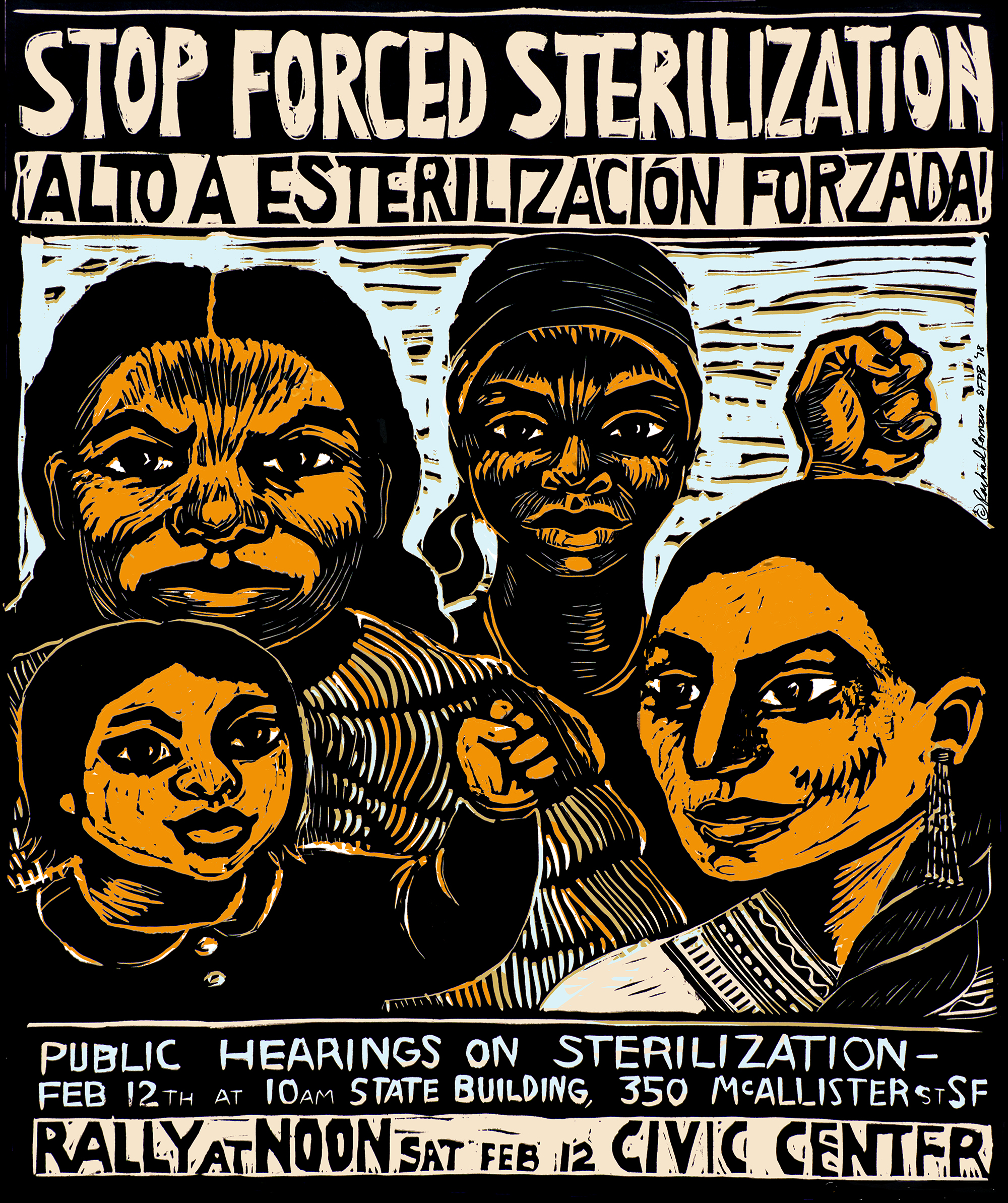Notes
1
2
“Racial and Ethnic Disparities Continue in Pregnancy-Related Deaths,” Centers for Disease Control and Prevention, September 5, 2019, ➝.
3
“Infographic: Racial/Ethnic Disparities in Pregnancy-Related Deaths—United States, 2007–2016,” Centers for Disease Control and Prevention, ➝.
4
“Infant Mortality,” Centers for Disease Control and Prevention, ➝.
5
Osub Ahmed, Shilpa Phadke, and Diana Boesch, “Women Have Paid the Price for Trump’s Regulatory Agenda,” Center for American Progress, September 10, 2020, ➝.
6
Nuestro Texas, ➝.
© 2021 e-flux and the author
